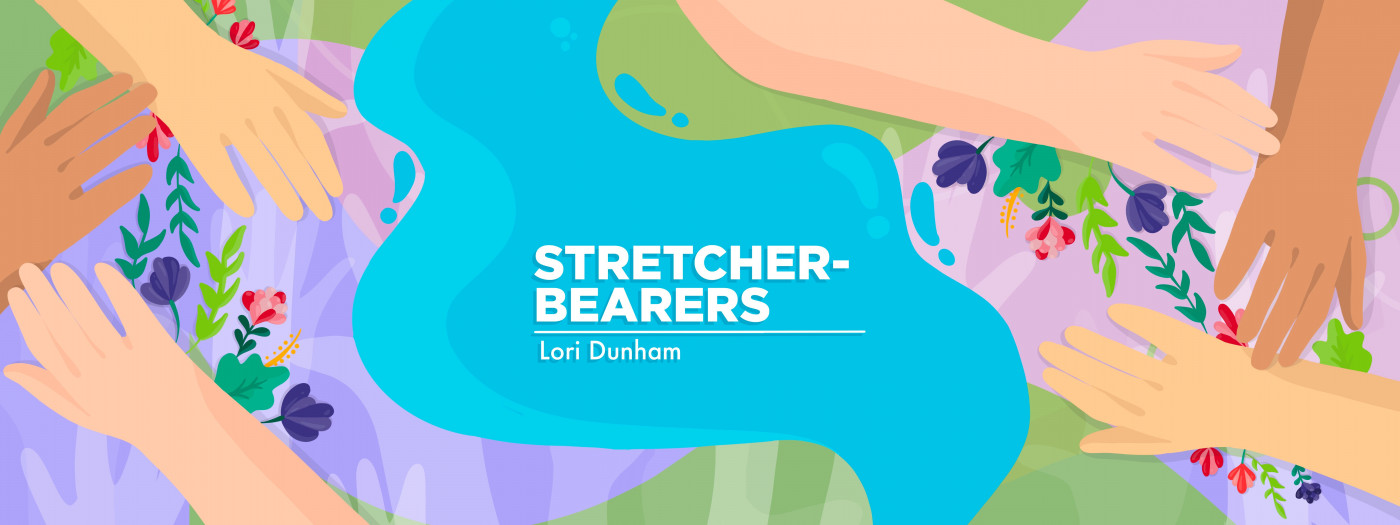Our Daughter Is the Rarest of the Rare
Written by |

From the start, our daughter’s life was harder than most. When we adopted Grace when she was just 13 months old, she was among the roughly 81,000 children adopted by American families from China in the late 1990s and early 2000s. She came to us underweight and malnourished. She had no teeth, an active case of bronchitis, and she couldn’t walk or sit up.
But once we had her home, Grace quickly passed all of the physical milestones she had previously missed. She overcame the bleak odds thrust upon most abandoned children and had a very happy and healthy childhood.
But when she turned 14, Grace was again burdened by another hard statistic overshadowing her life: She was diagnosed with Lambert-Eaton myasthenic syndrome, or LEMS, an extremely rare disease in adults and even rarer in children. Currently, only 11 pediatric LEMS cases have been documented in existing medical literature, according to the National Organization of Rare Disorders, or NORD. That makes Grace the rarest of the rare.
One of the hardest aspects of having a child with a rare disease, apart from the actual symptoms, are the misunderstandings that accompany a rare diagnosis. Because a disease is so rare, most people have never heard of it.
It takes time to answer the question, “What has your daughter been diagnosed with?” Answering requires an explanation of LEMS, including how it affects our daughter physically and what it prevents her from doing. Most people’s eyes glaze over by the time I finish saying “Lambert-Eaton myasthenic syndrome.”
Another challenge is that many rare diseases are also invisible. For example, if judging only by outward appearance, my daughter would look like an average teenager. But look closely and you’ll see that she walks more slowly than others her age, and she can’t climb steps. Grace tires easily and gets weaker as the day goes on. This can easily be misinterpreted as laziness, especially in teens, if people are unaware of her medical condition.
Most people would think that because LEMS is such a rare disease, not much support is offered to those who suffer from it or their caregivers. I’m so glad this isn’t the case.
Thankfully, there are organizations that invest in these rare diseases, even when the return on investment is minimal because so few people are affected by them. Companies continue to pour resources into making the lives of those living with rare diseases a little better.
I’m grateful we live in an age when companies are willing to offer assistance programs for their medications. For example, Genentech, the makers of the therapy Rituxan (rituximab), offers financial assistance to those whose insurance won’t cover it.
NORD offers rare disease patients all kinds of help. Financial assistance for copays and other expenses associated with rare disease is just one example.
Although Grace is among only a handful of children who have LEMS, we’ve found great comfort in the communities that have committed to the cause of those living with rare disease.
I hope initiatives like Rare Disease Day, which is today, continue to bring awareness to rare diseases and the cures and treatments waiting to be discovered.
Note: Lambert-Eaton News is strictly a news and information website about the disease. It does not provide medical advice, diagnosis, or treatment. This content is not intended to be a substitute for professional medical advice, diagnosis, or treatment. Always seek the advice of your physician or other qualified health provider with any questions you may have regarding a medical condition. Never disregard professional medical advice or delay in seeking it because of something you have read on this website. The opinions expressed in this column are not those of Lambert-Eaton News or its parent company, Bionews, and are intended to spark discussion about issues pertaining to Lambert-Eaton myasthenia syndrome.






Marilou
She is a treasure as well as her family that supports her